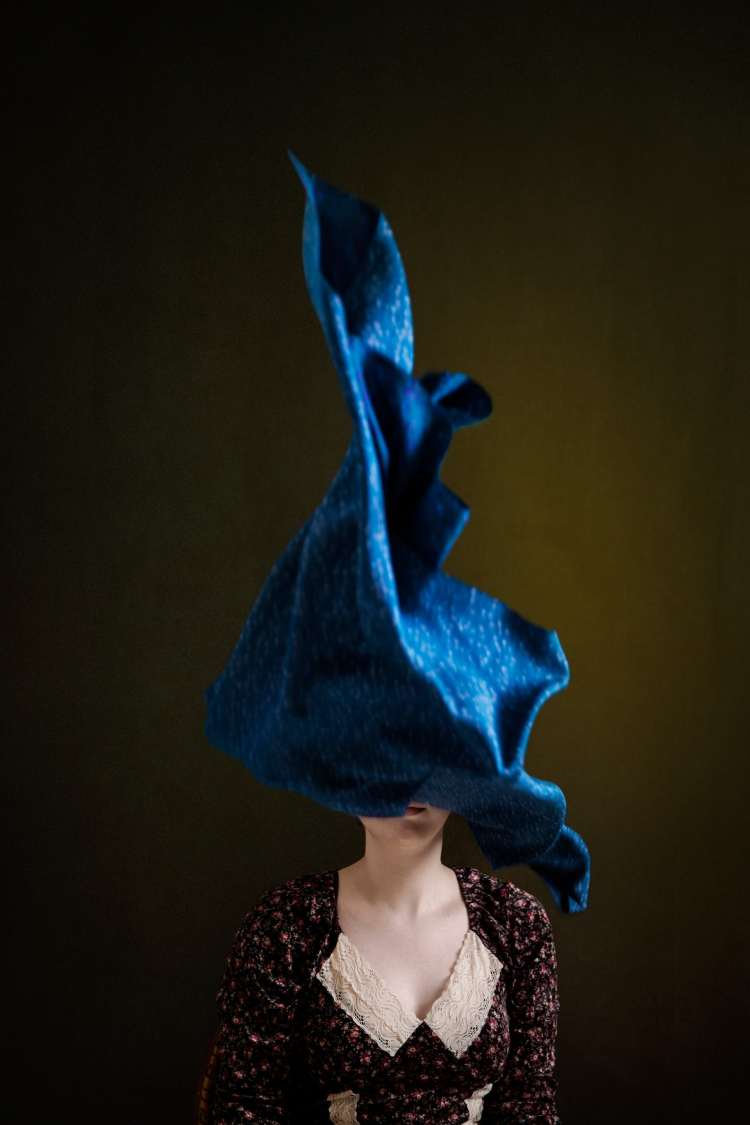Something exciting is afoot in Iran. Since 2014, women have been wanting to throw off their hijab and live more authentic lives. Led by journalist Masih Alinejad, many have taken to social media to protest against compulsory hijab. Using the slogan ‘My stealthy freedom’, they post photos and videos of themselves defiantly unveiled. In response more than 7000 undercover police officers were deployed to apprehend women in ‘bad hijab’ and for the removal of hijab inside private vehicles.

The Guardian has published photos of Iranian women throwing off their hijab as an expression of their desire for liberty and equality. Their faces are obscured by the hijab flying in mid-air but they are not voiceless. Each has a powerful critique of body policing and religious hypocrisy. One of them raises our attention to the limits and doublespeak of ‘equality’:
From the time I went to school I always heard that we all are brothers and sisters, that we are all equal. But in real life there was no equality – I had to cover up for the men. How is that equal? How come they didn’t have to cover up for me?
Perhaps the tide of dissent was too hard to quell. In late 2017, the Iranian president Hassan Rouhani announced that the moral police can no longer arrest women for ‘violating the Islamic dress code’ which includes using nail polish, heavy make-up and loose headscarves. This sounds like a step forward since the heavy-handed imposition of the hijab in 1979. However, violators of ‘bad hijab’ are ordered to take lessons from the police on ‘good Islamic’ behaviour. Hardly a feminist progress.
The ‘My Stealthy Freedom’ movement is particularly poignantly resonant to me and my own research on unveiling in Malaysia. While women in Iran cannot as yet live their lives unveiled in public, they can find solidarity with Malay-Muslim women in Malaysia who also desire to unveil, succeeded to do so, and live the rest of their lives without the hijab.
In my research, I am interested in what motivates every individual to remove the hijab. The hijab is not enforced in toto in Malaysia however young girls are introduced to it in school as part of the school uniform. If we regard schooling as a systematic process of socialisation and discipline to produce docile bodies, then the hijab-as-uniform is incorporated to such bodies making its removal difficult. Although the state and its institutions (the school and religious bodies) impose a ‘one-size-fits-all’ Muslim identity – one that is ethnocentric, anti-women, anti-LGBT, anti-diversity – women who turn their backs to the hijab each have different, complex reasons to unveil.
‘Free hair’ is the term used to describe a Malay-Muslim woman who doesn’t wear the hijab. It’s a great term with a double meaning; ‘free’ as in the absence of the hijab but also free to mean liberation from imposition. ‘My Stealthy Freedom’ also uses the adjective ‘free’ in both meanings constituted in ‘free hair’. It also articulates a liberal ethos of equality with men. Men do not need to cover, so why do women? I have developed ‘free hair’ as a concept to be used for more universal reflection in my forthcoming article, ‘Free hair: Unveiling and the reconstruction of self’ (2018):
It can be argued here that ‘free hair’ is more than simply about being non-veiled and in opposition to the hijab as it often is in popular representations. ‘Free hair’ constitutes a personal aesthetics and ethics that is in such an intimate reflexive relationship with the hijab as to redefine the privileged meanings of veiling. Put another way, ‘free hair’ is the materialisation of a subjectivity that re-orders the prestigious associations with veiling in order to construct a more harmonious non-veiled self.
However, I would be hard-pressed to argue that the removal of the tudung and being ‘free hair’ comes from a critical rejection of Islamic consumer culture and capitalism. Women may replace one idealised femininity with another version of femininity with its own accoutrements of consumer beautification.
‘Free hair’ as a critical subjectivity that aspires for authenticity and perfection of personal aesthetics is conceived not simply as a practice of self but also as operating in an affective economy that processes feelings of failure and negativity into radical expressions of liberation.
Not all women who take off the tudung feel completely liberated initially. Being free hair is a process, it takes time to come to terms with a new identity and status. Women who choose to remain free hair will be beset with perpetual internal and external conflict. Their lives become open-ended, a series of acts and articulation of both joyful defiance and dispiriting negotiation. ‘Free hair’ is indeed a style of life, a life as an obstacle course for women who dare to dissent and live more authentically.